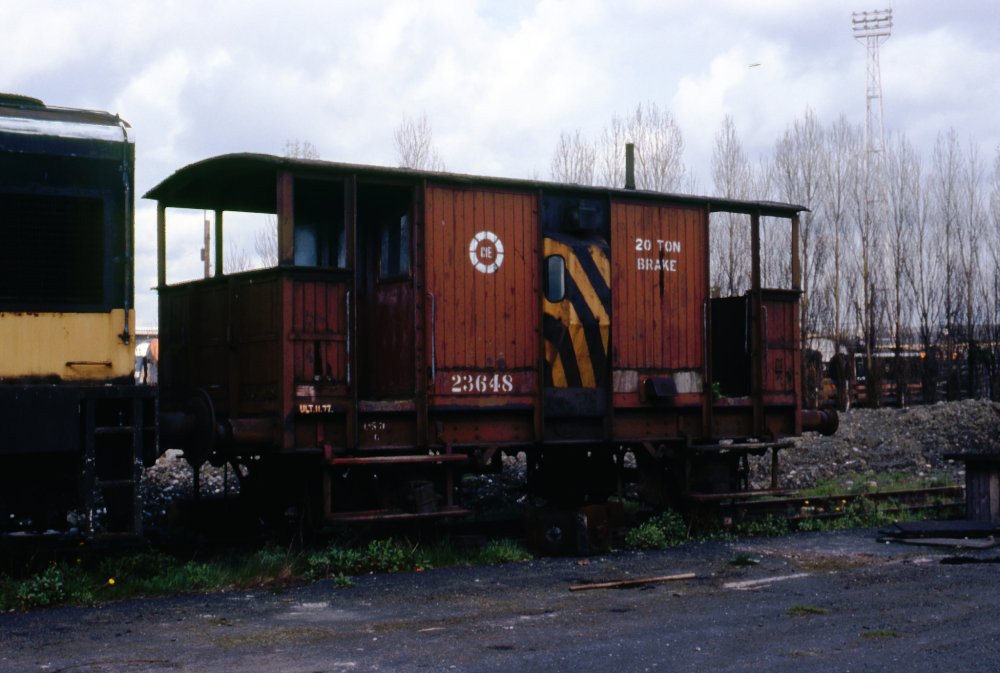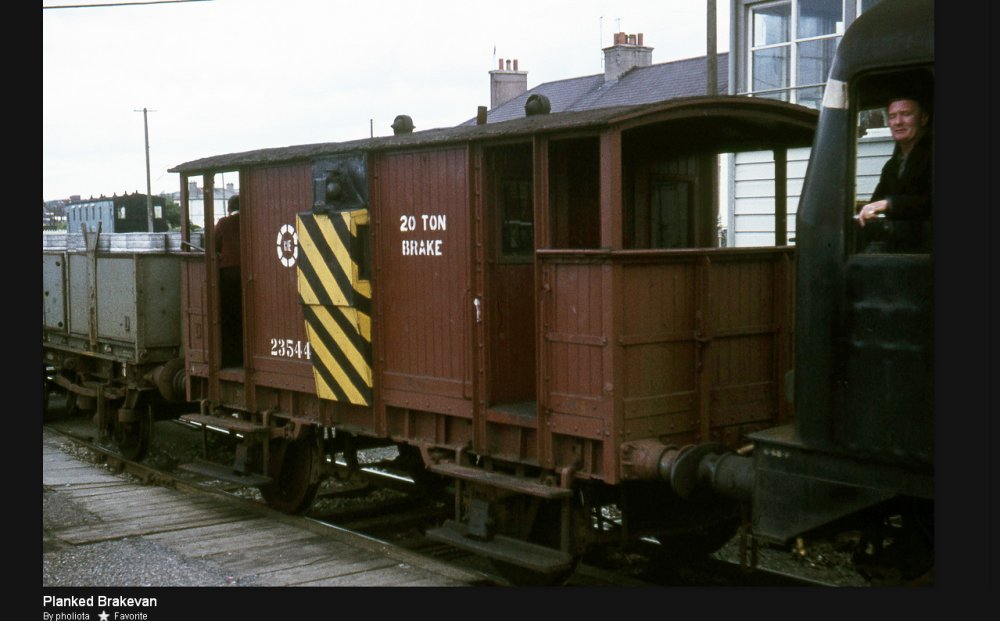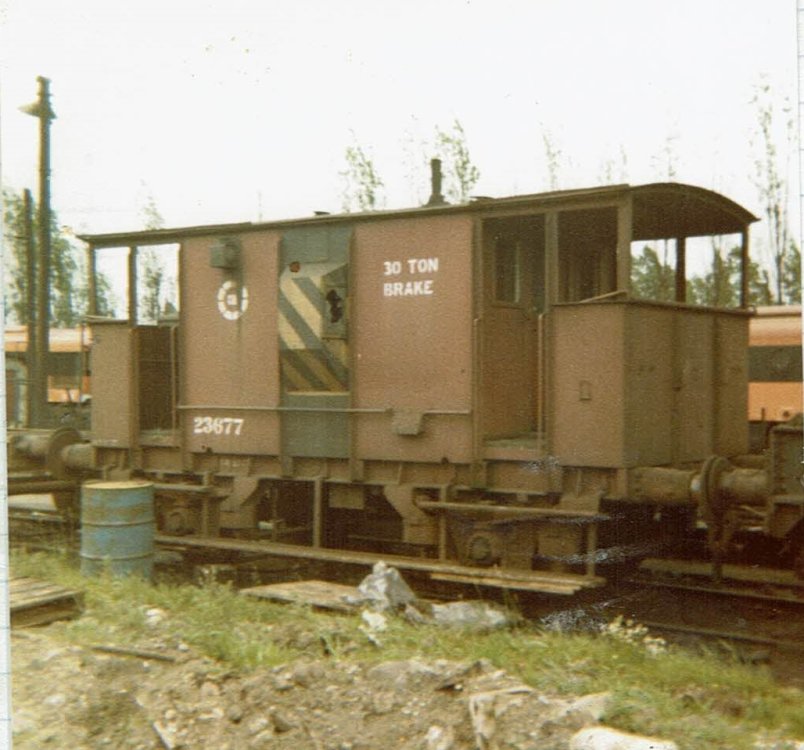-
Posts
4,886 -
Joined
-
Last visited
-
Days Won
119
Content Type
Profiles
Forums
Events
Gallery
Blogs
Community Map
Everything posted by Mayner
-
I have used 3D printing for resin printing and lost wax casting in brass. I used 3D printed models as patterns for bass castings before realising my supplier can produce a pattern and mould from a 3D file https://morrisandwatson.com/casting/about-casting The big question is whether the designer goes down (1) the Shapeways or i Materialise route to sell their products, (2) use a commercial bureau in the Ireland or the UK to print their models, (3) invest up to $100k in setting up their own print shop or (4) release their designs on a commercial (royalty basis) or (5) open source for people to print their own models.
-

Rare model locomotives Sold at Auction.
Mayner replied to steventrain's topic in British Outline Modelling
Stanley Beeson's was considered to the the Rolls Royce of British professional model makers in Gauge O and the larger scale Guy William's who built most of the Pendon locos holds a similar position in 4mm scale . Massed produced OO locos and stock are relatively cheap I sometimes pay the best part of £2,500 for a used large Scale (45mm gauge) American narrow gauge loco and around £150 for new plastic freight cars. https://www.accucraftestore.com/ng-c25 New Accuracraft locos are generally around $5k plus excluding import charges I don't buy or have the money to buy every new model introduced by Accuracraft though -
When my father retired in the late 70s he started doing shutdown maintenance work for an engineering contract shop. One of his last jobs (in the Clondalkin Paper Mill) was inspecting/dismantling plant then servicing and re-assembling the plant without replacing worn parts as there was no money in the budget to replace worn/broken parts. Dad didn't mind he had basically seen it all before and the pay rates with the contract shop were good
-
Test running and final detailing including cab interior, fitting smokebox door and vacuum pipe under running board on drivers side. Earlier photo, did not notice buffers were pointing upwards! Tender springs and tool boxes later removed for painting. The model is based on a 1939 photo of No59 at Tullow including twin whistles, I have prepared a set of matching numberplates. The 52 Class appear to have been the regular locos on the Kingsbridge-Tullow passenger trains in GSR days possibly up to the end of scheduled passenger (and goods) services in 1947. The loco is for a customer in the UK hence NEM coupler pockets on the loco. Didn't realise the GSR used knuckle couplers The challenges of fitting a cab interior to a OO gauge Irish Broad Gauge loco. Test run following some "final' adjustments. Reasonably happy with speed range following light oiling of gear train, axle bearings and crankpins.
- 392 replies
-
- 17
-

-

-
Back to loco building this time a GSWR 52 Class. I used a Mashima 10X24 motor and 53:1 Branchlines Multibox rather than the High Level 35:1 gearbox and coreless motor I used in earlier builds of this class. High Level were furloughed (unable to obtain components from suppliers covid supply chain problems) when I ordered the parts in 2021, but fortunately Branchlines had a stock of gearboxes and motors. I selected the 53:1 box to achieve improved slow speed running and a more realistic top speed, the builds with 35:1 gearboxes turned out to be racers! I build/assemble 2-4-0s and 4-4-0s with weighted tenders and rigid drawbars to improve traction. The leading and center tender wheelsets are floating free to move up and down in slots lightly sprung to maintain contact with the railhead/power pick up. I used self adhesive tyre weights for the tender and cast woods metal weights in the loco chassis and boiler. Loco and tender wheels are Markits with 'live axle" pick up, the loco is DC the only wiring are leads from the loco and tender chassis to the motor brush terminals, a lot less hassle than wiring a kit or scratchbuilt loco for DCC. The chassis weight was cast in a rubber mould, the loco literally poured into the boiler. First load test 14 wagons no hint of slipping. Even with the 53:1 box and motor of similar rated speed to the earlier builds this loco also turned out to be a fast runner. Next job is to dismantle the loco for painting.
- 392 replies
-
- 13
-

-

-
Growing up in Dublin in the 1960s Halloween (really Samhain) was a major event as kids we went door to door in the neighbourhood calling "Help the Halloween Party" collecting sweets and fruit for the party In practice we were trick or treating in Ireland before the term became common in mainland UK. Fireworks (banned in the Republic) were available under the counter from the Dealers (stall holders) in Moore Street and other markets or smuggled in from the North. "Bangers" seem to have been the most popular firework, older people used to stuff their letter boxes with newspaper to stop gougers/scumbags posting lighted banger through their letter box. In a way the more things change the more they stay the same.
-
I generally use ply or stripwood framing for open top baseboard construction of where the railway is on an embankment. These days I cut the ply strips on a bench saw and use a jig saw for profile cutting and fascias My current dock layout uses similar baseboard construction
-
The EE shunter is an excellent example of what can be achieved by scratchbuilding in plasticard. GN Hoppers, cut-down open wagons and bogie bolster really capture the neglected run-down nature of NIR engineers stock during the 70s and 80s. Any chance of an MPD railcar for light shunting/off peak passenger services.
-
We achieved a minor milestone in July with 200 JM Design wagons sold to date, with brake vans our largest selling item at 85 vans sold to date and remaining sales evenly split between Covered and Open Wagons with the balance made up with a small number of Grain Wagons. A very small number of rtr Brake Vans are currently available in grey with 1960 CIE roundel https://jmdesignmodelrailways.com/products/copy-of-cie-20t-brake-van-light-grey-23580 I am not planning to produce further rtr wagons (as its basically too time consuming & not worth while financially), its planned to continue producing the Brake Vans and other wagons to order in CKD form. While sales for these models has been less than expected the 3D printed wagons have allowed me fill out my wagon fleet a lot more quickly than going down the scratch building route, the majority of the wagons produced have been on my to-do list since I started Irish modelling during the 1970s.
-
It probably goes a bit deeper than simple rivalry Kadar (Bachmann parent company) have a pattern of taking over established but financially weak companies with strong brand names including Bachmann Bros, Williams Trains, Graham Farish, Liliput, Trix which would make Hornby Hobbies with its wide product portfolio target for takeover. Kadar took over Sanda Kan the company that manufactured model trains for Hornby and several European and American brands before shutting down OEM manufacture for these companies https://jnsforum.com/community/topic/2747-sanda-kan-shake-up-affects-model-trains/. Sanda Kan pioneered the current generation of highly detailed Chinese rtr models during the 1990s with the Proto-2000 range of HO locos for Lifelike which were groundbreaking both in terms of running quality, fine detail and finish in a similar manner to current IRM, Accurascale models.
-
Two sets of Second/Standard Open sides in stock @ $32.00 each plus shipping Coach side frets are available to order 6-8 week lead time direct from our supplier in the UK Buffet Car---------------1 set coach sides Side Corridor------------2 Sets coach sides BSGV--------------------3 Sets coach sides Brake Second/Standard--3 sets Standard Open-----------3 Sets
-

MGWR Passenger and Goods Stock - is there a need?
Mayner replied to 2996 Victor's topic in Irish Models
The majority of Shapeway Modellers select "white versatile plastic" as a default option because of the materials strength, flexibility and low cost. Has anyone asked Simon Dawson (Recreation 21) for a quote for any of his Irish 1:76 scale locos, coaches or wagons in one of Shapeways SLA resins? https://www.shapeways.com/materials/sla-accura-xtreme The main risks with printing a coach like a MGWR 6 wheeler in one piece like the Recreation 21 model in a SLA resin is parts like buffers, axleguards and footboards breaking off because of the brittle nature of SLA resins and defects/flaws on one side of the model due to the limitations of the printing process. Doing an exercise using Shapeways on-line quoting system Shapeways resin prints worked out between 3-6 times more expensive for the same model printed in 'white versatile plastic" -
Most likely Bachmann Europe attempting to re-gain market share lost to Accurascale, and retail commissions, the Deltic and Class 37 were important models in Bachmann UK 'Modern Outline" locomotive range. It will be interesting to see if Bachmann/Kader will adjust their Class 37 pricing to compete with Accurascale on price.
-
EM appears to be a reasonable compromise for Irish broad gauge and would allow Irish and British outline models to run on the same layout! I know at least one (UK based) modeller who has an EM (18.2mm) gauge MGWR 2-4-0 Modelling Irish railways in EM is a similar compromise to modelling British outline in OO and reduces the "narrow gauge" appearance of Irish steam locos and stock when viewed head on, the main advantage in using EM over 21mm is that it considerably simplifies loco/rolling stock conversion with EM loco and rolling stock wheel sets available from the trade and EM gauge society and eliminates the requirement to widen/replace bogies and rolling stock chassis to accept 21mm wheel sets. A significant issue in converting Irish rtr (and some kits) coaches and wagons to 21mm gauge before the introduction of IRMs bogie freight stock. Martyn Wynne's (Templot) choice of 20.2mm for "Irish EM" appears similar to the EM gauge society choice of 18.2mm as opposed to the more accurate 18.83mm for British outline standard gauge and may be related to concerns with achieving sufficient running clearances for EM profile wheels in broad gauge loco chassis. Having built several steam outline 21mm gauge locos I would be tempted to try EM if I was starting over again.
-
Studio Scale Models 30T Brake Van kit http://www.studio-scale-models.com › Brake30 is a reasonably inexpensive option at for modelling one of these vans. The kit is relatively simple to assemble and includes a Dapol Prestwin chassis complete with wheels and couplings, body folds up from one piece of brass and can be assembled by gluing, no soldering required.
-
Received the August Newsletter today which includes a 'goldmine" of information on Dublin's North Wall freight operations including an excellent collection of black and white and colour photos of the yards and transfer freight from the late 1940s to the 1990s including photos of Inchacore's pioneering Mirrless & Sulzer diesel locos in operation including 1968 and 1971 photos of a smartly turned out B114 working Heuston-North Wall freights. Well worth the subscription
-
- 8
-

-

-
30T Goods Brakes were used in revenue service on sugar beet trains until the ending of loose coupled operation following the introduction of the Beet Double wagons in 1985. Dublin-Tralee was the last long distance main line goods train to go over to Liner Operation after a coupling broke on a Heuston Goods-Tralee goods while climbing the Gullet to Inchacore and the train ran back into the passenger station and was wrecked. Loose coupled Cross Border (Dundalk-Adelaide) goods trains (with modern wagons & 30T Brakes continued to operate for some years after CIEs goods services went over to Liner Train operation. The duckets on the 20T & 30T Brake vans were different in profile and warning stripe arrangement. The 20T vans originally had vertical planked duckets, some were later covered in metal sheeting and some replaced with pressed metal duckets. On some 20T vans the vertical body planking was replaced by plywood, some balconies appear to to have been sheeted in ply others retained the vertical planking. The ducket and markings on the 30T Brakes appear to be quite different to the sheet metal duckets used on 20T Brakes
-
The Guardian is currently running a series on rail travel (mainly local slow trains) in Europe focusing on the more interesting scenic train rides, including Finland, Norway, and the Oder-Neisse line through the Czech Republic, Germany and Poland Todays article is on Irelands most scenic lines featuring Rosslare-Dublin, Cork Cobh, Longford-Sligo, Dublin-Belfast, the WRC and Derry to Coleraine https://www.theguardian.com/travel/2022/aug/03/6-best-railway-train-trips-in-ireland-dublin-belfast-rosslare-cork-sligo
- 1 reply
-
- 1
-

-
There is a 1956 photo of 190L in the PJ Flannigan Collection (a must for C&L fans!) on the IRRS Flickr site https://www.flickr.com/photos/irishrailwayarchive/50163963961/in/album-72157715275322482/ The van which seems to be out of us by 1956 has a set of double outward opening doors with droplights at the balcony end, there is a Des Coakham photo of the van in less run down condition in Cavan & Leitrim Railway the Last Decde pictorial album Tom Ferris and Patrick Flanagan Midland Publishing 1997. Its possible that the 190L may have been used at some stage as a passenger brake, according to Flanagan the "vans were very well though of at first, but were not long in use as they got "shaky". One was used in emergencies, both survived to the end in bad condition."
-
Possibly because black was the only suitable paint available when 10L received its last re-paint/running overhaul. 10L and 6t also appear to have been painted black during their final years working on the C&L. There is a 1956 black and white photo of what appears to be a black 10L under overhaul in Ballinamore in the Pan Paperback edition of P J Flannigan's Cavan and Leitrim Book and a colour photo of a Black 6t almost ex-works taking water at Drunshanbo in 1957 in "Irish Railways in Colour" Tom Ferris (Midland Publishing 1992). Both 6t and the two surviving ex-CBPR 2-4-2T were in a grimy run down state with paint burnt off the chimneys and smokeboxes when the line closed in March 1959.
-

Ernies Massive Irish 1930's to 2005 Photo Archive
Mayner replied to Glenderg's topic in Photos & Videos of the Prototype
No 18 appears to be hauling an ex Clogher Valley Guards Van as a 'Red Van" -
The Welsh Highland Heritage Railway Hunslet 2-6-2T Russell and vintage train operated a number of Hertiage trains over the re-opened Welsh Highland Railway between Dinas and Rhyd-Ddu as part of the Centenary celebrations of the re-opening of the original North Wales Narrow Gauge Railway to passenger services. The positioning run from Portmadoc was the first occasion Russell worked over the entire WHR main line between Portmadoc and Dinas since the line was closed in 1937. The coaches are replicas of original North Wales Narrow Gauge coaches dating from the 1880s to the early 1900s. I was attracted to the WHR and volunteered for the Heritage Railway during the 90s possibly as a result of the apparent similarity to the Tralee & Dingle and Donegal narrow gauge lines.
- 1 reply
-
- 3
-

-
Merlin has not exactly had a good record on the "Seabreeze", No 171 seem to have a more consistent record being used to pounding up and down the grades of the Derry Road with heavy trains in the 50s and 60s Diesel was substituted for 85 because of fire risk when we rode the "Seabreeze" in 2018 and she failed (at Greystones?) on the return leg in 2019.
-
Russ Elliot's CLAG section on Continuous Beam Suspension does not appear to recommend extending CBS to include bogies. http://www.clag.org.uk/beam-annex3.html#should-CSBs-be-extended-to-include-bogies Though Scalefour Digest 41 includes is a diagram showing CBS for a 4-6-0 Fig 76 http://www.clag.org.uk/41-0rev.html#section19 Transferring weight to the bogie as Fig 76 would make sense though it may be a matter of how much. It may be a matter of experimentation when weighting and balancing the loco before final detailing stage. Officially the 800 Class had a locomotive weight of 84 Tons 4cwt, adhesion weight of 63 tons and a max axle load of 21 Tons (Clements & McMahon), to all intents and purposes the driving axles and bogie pivot carrying an equal weight.
-

Dublin automated metro operations consultant appointed
Mayner replied to spudfan's topic in What's happening on the network?
Just noticed this thread! To turn the argument on its head what about the 95% of the population who will end up paying for the Metro (through their taxes) but will never travel on it? The main problem with funding public transport through general as opposed to local taxation is that it goes against the user pays principal with the small minority who regularly use rail benefiting, unlike roading, health and education where the majority of citizens benefit. Funding through local taxation, by landowners and by businesses that directly benefit is much more equitable. In many countries public transport is jointly funded by Central and Local Government with Central Government funding infrastructure, Local Government rolling stock and operating subsidy. In this part of the World public transport services are the responsibility or local and regional councils in terms of funding and service levels and are funded by rates with much more accountability at local levels than through an organisation like IE or the NTA. The Auckland Underground Rail Link the missing link in Auckland's suburban rail system is jointly funded by Central and Regional Government through direct (income tax) and local (Commercial and Domestic rates). Currently there is a high level of public and political opposition to imposing congestion charging (an Auckland fuel tax) to force motorists to use public transport. Like the DART, LUAS, and Metro, improvements in Auckland's rail system have been beset by delays for over 60 years and numerous consultants reports, New Zealand Railways 1950s proposals to extend and electrify the system was de-railed by a 50-90s focus on building motorways and low density housing, the Regional Council was forced to take baby steps to improve the existing diesel services with re-furbished ex BR rolling stock in the early 2000s to establish a case for electrifying the existing heavy rail lines. Attempts to build a Light Rail system to the Airport and areas outside the reach of the heavy rail system became a political football between political parties that support and oppose public transport achieving nothing in over 20 years.
.png.c363cdf5c3fb7955cd92a55eb6dbbae0.png)

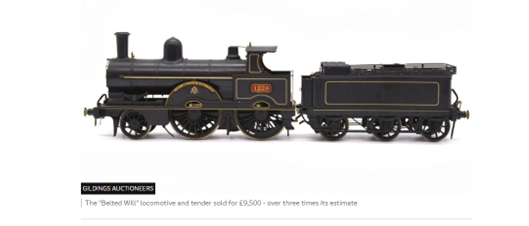
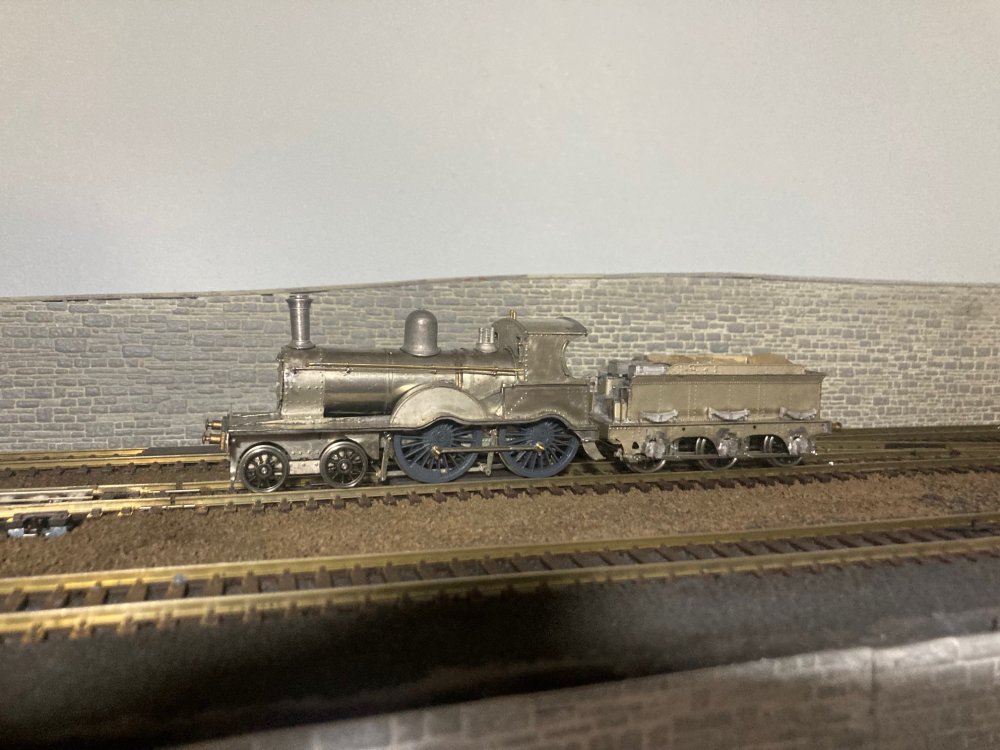
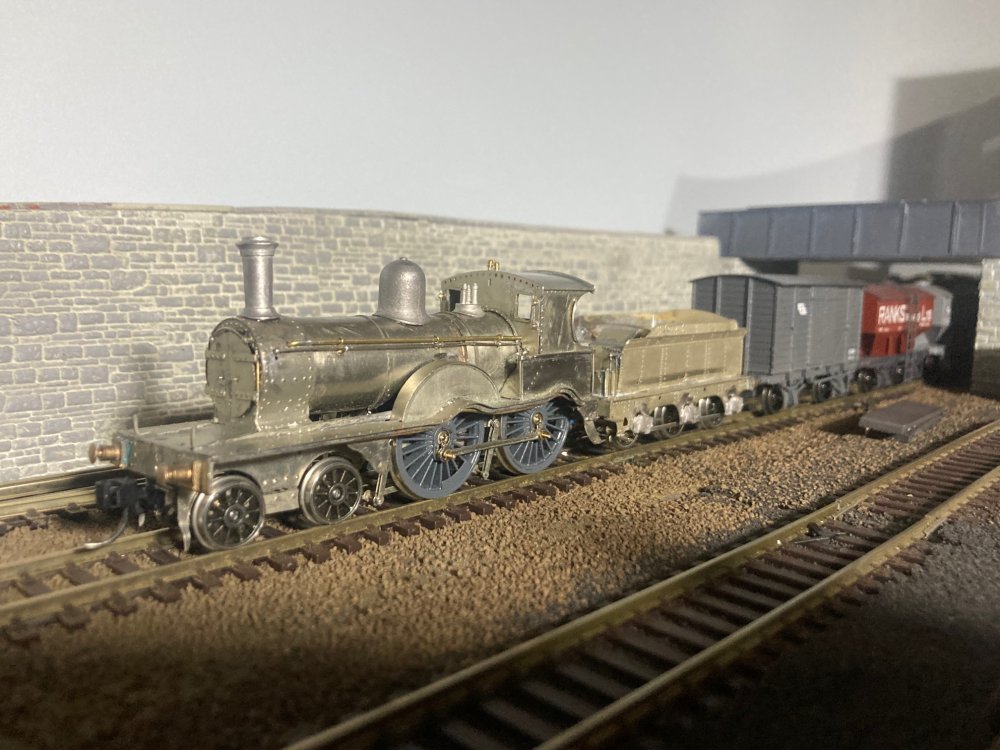
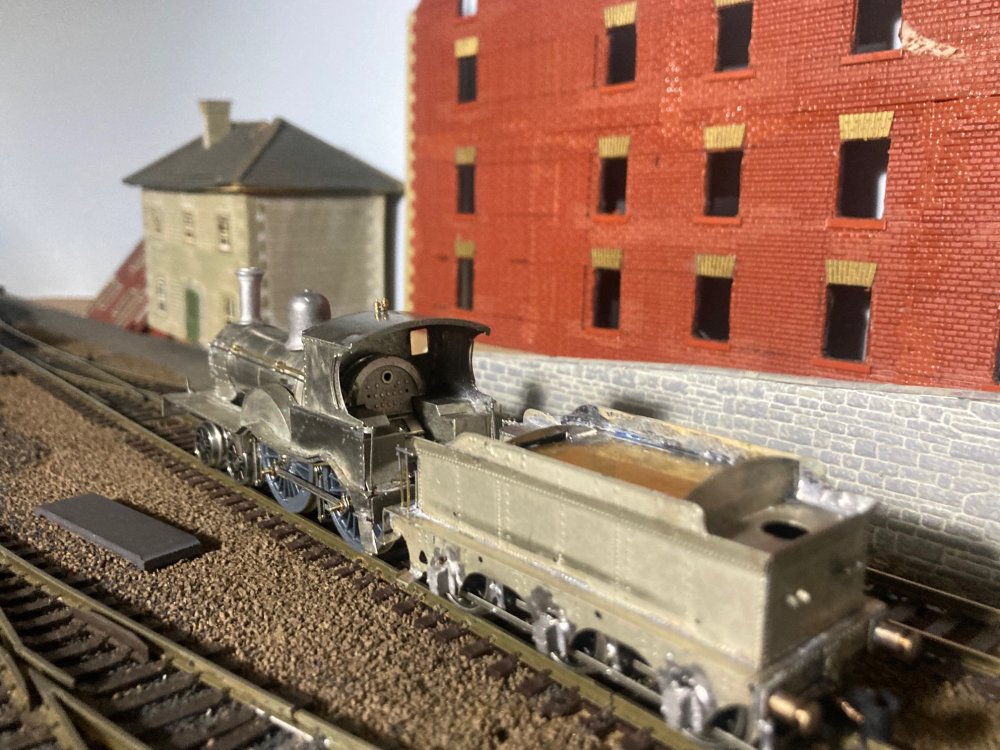
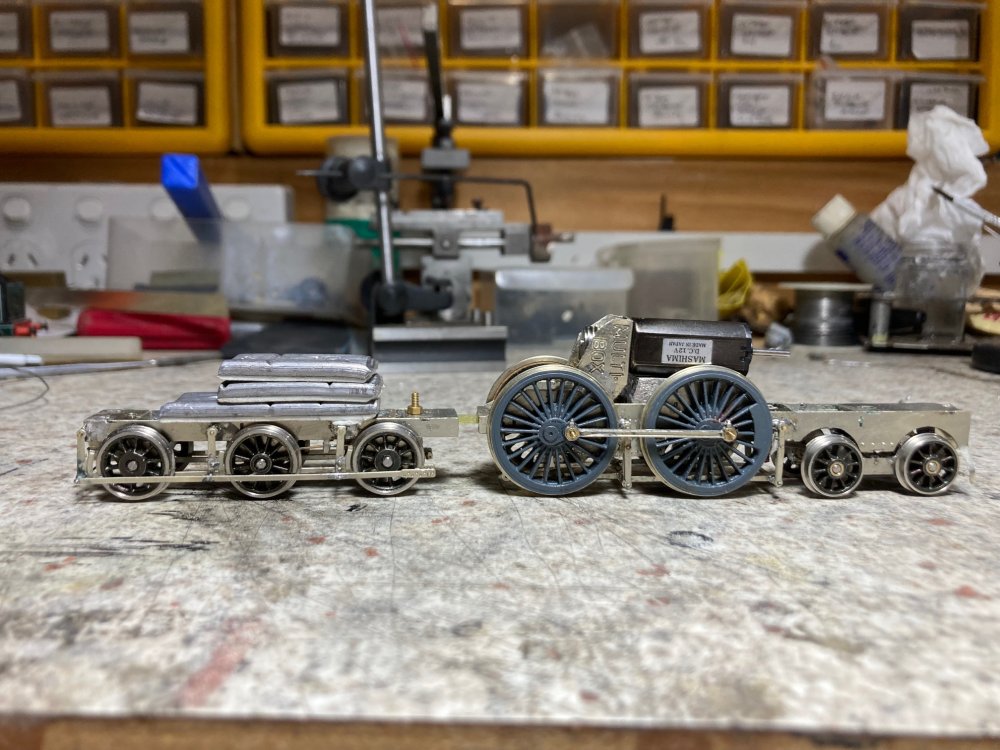
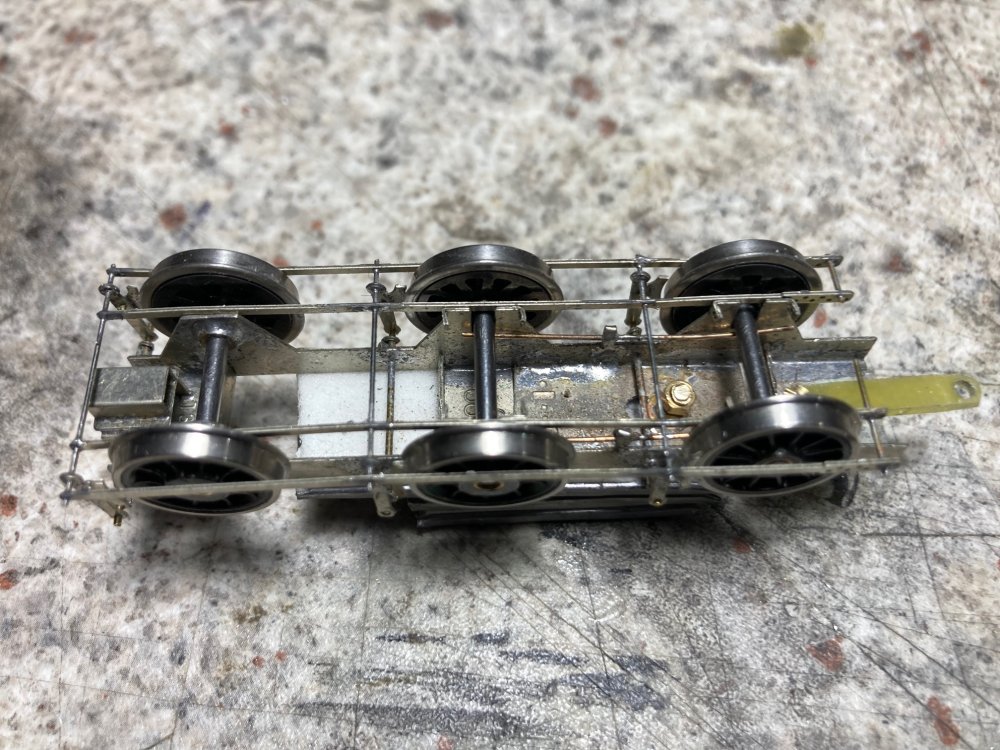
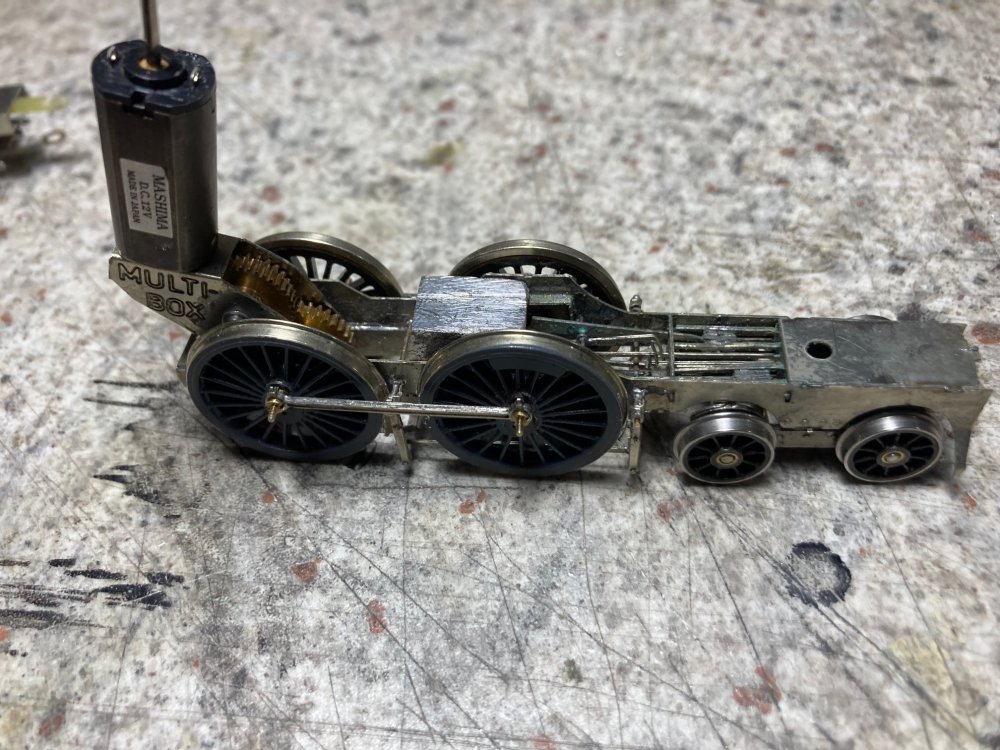
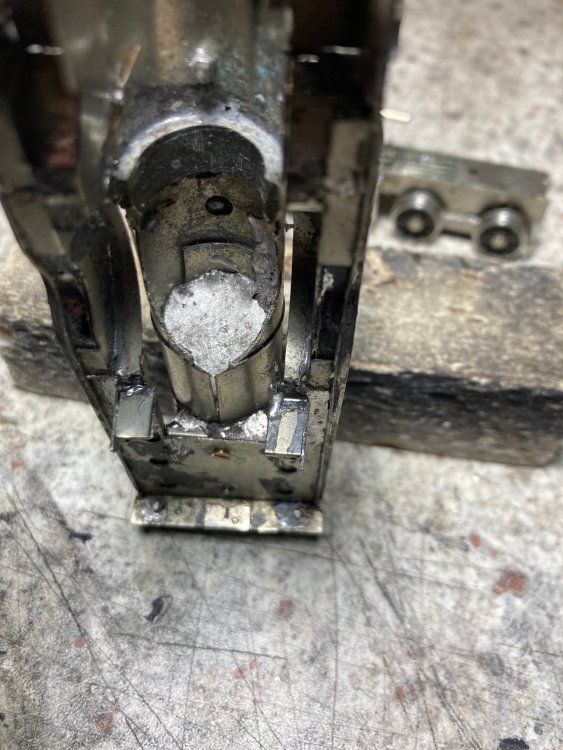
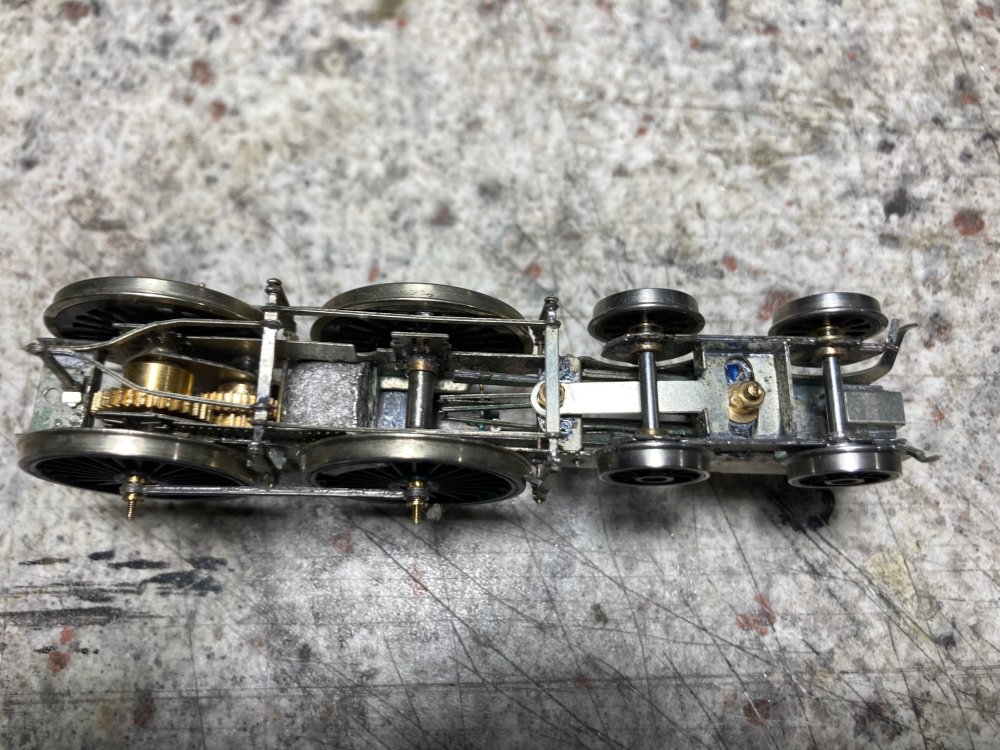
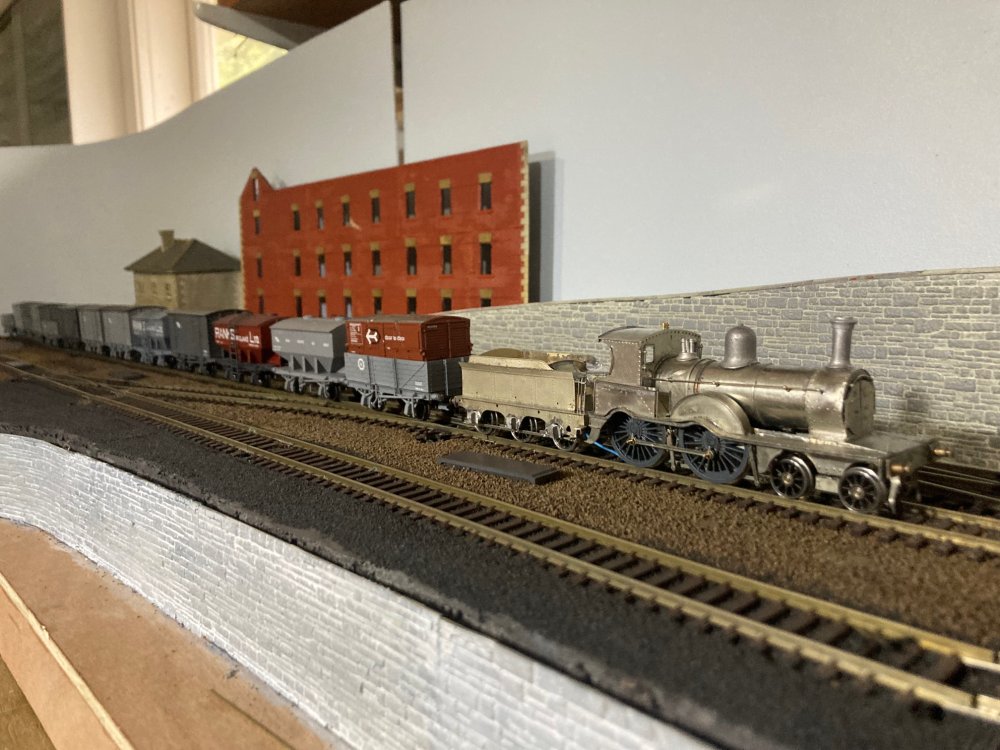
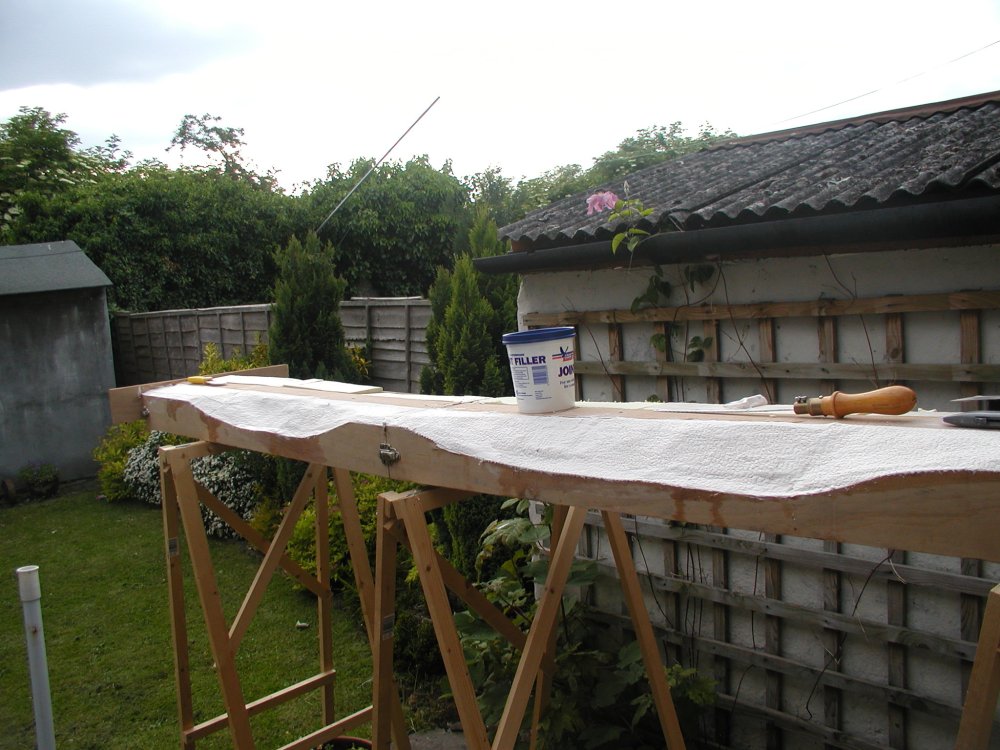
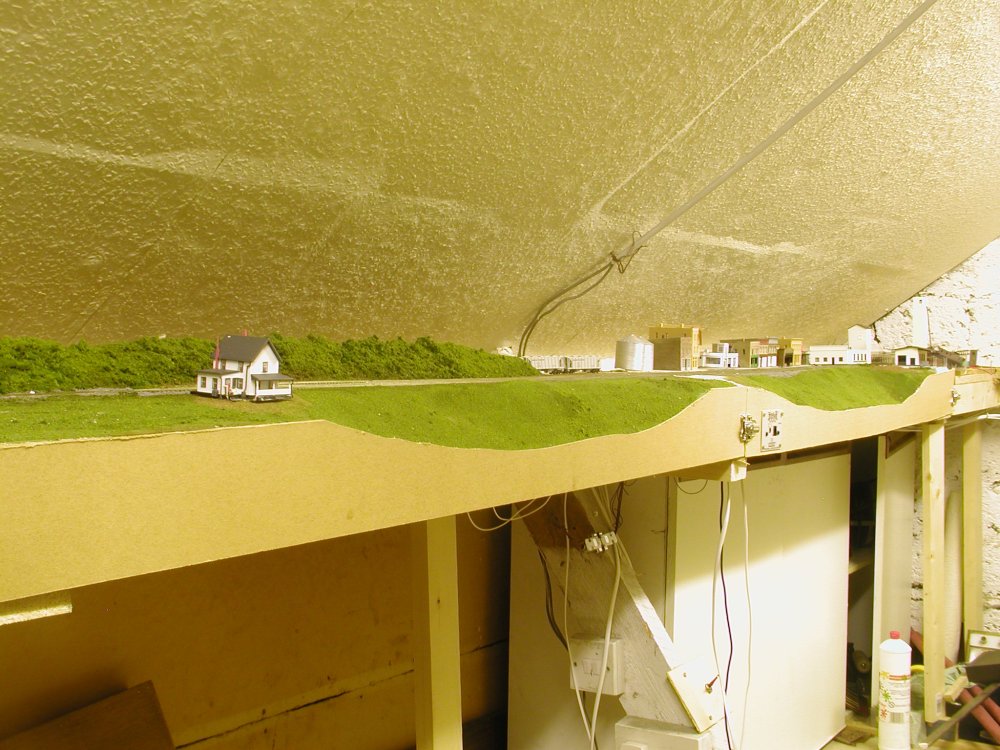
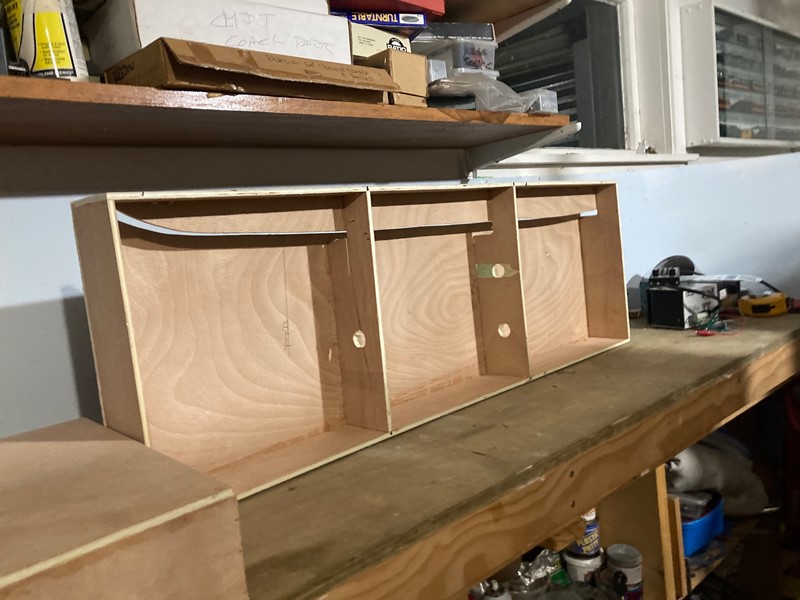


.jpg.e8fffece28f630f50ffcbbeb29d39e4e.jpg)
